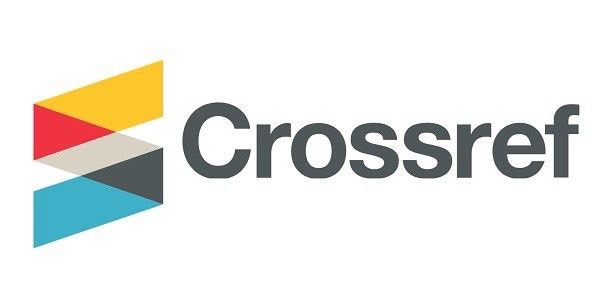Effect of pterygium on corneal topography and astigmatism
Keywords:
Pterygium, keratometry, astigmatism, corneal topographyAbstract
Abstract To study the effects of pterygium on corneal topography and astigmatism and to determine the critical pterygium size which induces signi fi cant astigmatism.
Methods Thirty-three patients with unilateral primary pterygium were evaluated for pterygium morphology (22 women and 11 men with mean age of 56.2±10.9 years). An automated keratometer and an Orbscan II were used to evaluate corneal astigmatism, and the latter was also used to assess corneal topography. Results from the pterygium and contralateral eyes were compared.
Results Mean corneal extension and width of the pterygia was 2.7±1.0 and 4.2±1.2 mm, respectively. With-the-rule astigmatism was the most common type (66.7%), followed by oblique (27.3%), and against-the-rule astigmatism (6.0%). The median (IQR) corneal astigmatism between the pterygium and contralateral eyes as measured by auto-keratometry and Orbscan II including auto-K, sim-K, K at the 3-mm and K at 5-mm zones were signi fi cantly different [1.00(0.50-1.94) and 0.75(0.38-1.07) (p =0.011), 1.2 (0.65-2.30) and 0.70 (0.35-1.05) (p<0.001),1.5 (0.95-2.5) and 0.80(0.50-1.35) (p<0.001), 1.7 (0.75-2.93) and 0.90 (0.40-1.25) (p<0.001),respectively. Pterygium induced astigmatism of ≥1 D when it extended ≥2.25 mm onto the cornea (sensitivity 76.2%, speci fi city 66.7%).
Conclusion Corneal extension is an important parameter in assessment of pterygium-induced astigmatism. Surgical intervention is recommended when the pterygium extends 2.25 mm or more onto the cornea.
References
Coroneo MT. Pterygium as an early indicator of ul-traviolet insolation: a hypothesis. Br J Ophthalmol. 1993;77:734-9.
McCarty CA, Fu CL, Taylor HR. Epidemiology of pterygium in Victoria, Australia. Br J Ophthalmol. 2000;84:289-92.
Saw SM, Tan D. Pterygium: prevalence, demogra-phy and risk factors. Ophthal Epi. 1999;6:219-28.
Tomidokoro A, Oshika T, Amano S, Eguchi K, Eguchi S. Quantitative analysis of regular and ir-regular astigmatism induced by pterygium. Cor-nea. 1999;18:412-5.
Tan DT, Chee SP, Dear KB, Lim AS. Effect of pterygium morphology on pterygium recurrence in a controlled trial comparing conjunctival autografting with bare sclera excision. Arch Ophthalmol. 1997;115:1235-40.
Norman G, Streiner D. Biostatistics. The Bare es-sentials. St.Louis: Von Hoffmann Press; 1994. p.116.
Tomidokoro A, Miyata K, Sakaguchi Y, Samejima T, Tokunaga T, Oshika T. Effects of pterygium on corneal spherical power and astigmatism. Oph-thalmology. 2000;107:1568-71.
Bahar I, Loya N, Weinberger D, Avisar R. Effect of pterygium surgery on corneal topography: a pro-spective study. Cornea. 2004;23:113-7.
Oh JY, Wee WR. The effect of pterygium surgery on contrast sensitivity and corneal topographic changes. Clin Ophthalmol. 2010;4:315-9.
Mohammad-Salih PA, Sharif AF. Analysis of pterygium size and induced corneal astigmatism. Cornea. 2008;27:434-8.
Avisar R, Loya N, Yassur Y, Weinberger D. Pteryg-ium-induced corneal astigmatism. Isr Med Assoc J. 2000;2:14-5.12. Kampitak K. The effect of pterygium on corneal astigmatism. J Med Assoc Thai. 2003;86:16-23.
Oner FH, Kaderli B, Durak I, Cingil G. Analysis of the pterygium size inducing marked refractive astigmatism. Eur J Ophthalmol. 2000;10:212-4.
Downloads
Published
How to Cite
Issue
Section
License
Copyright (c) 2017 Chiang Mai Medical Journal

This work is licensed under a Creative Commons Attribution 4.0 International License.








